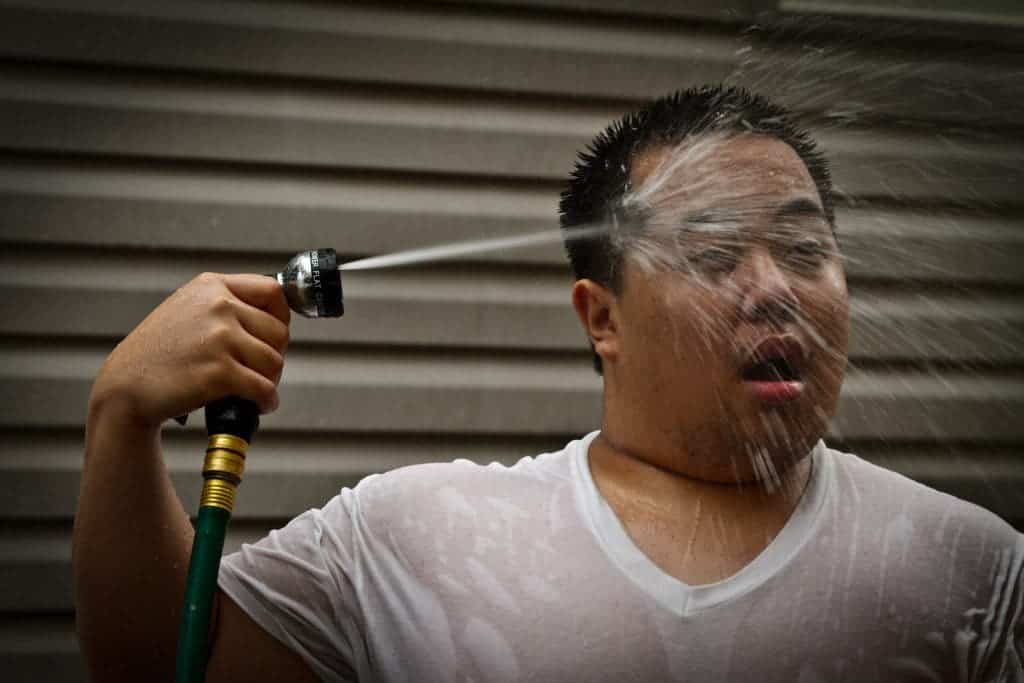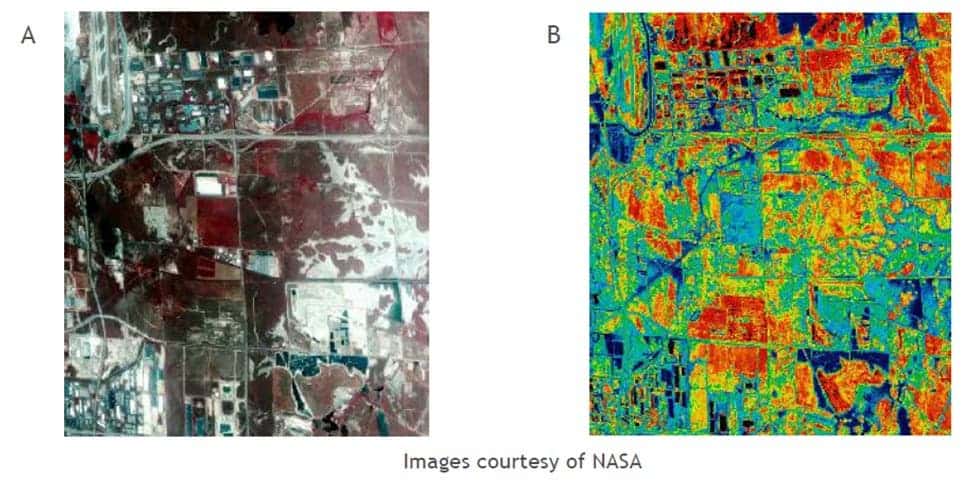Historic racism and segregation in the United States has left people of color more exposed to urban heat than white people in nearly every major city, according to a new study. Researchers found that non-white people live in areas with fewer green spaces and more buildings and roads and are affected by a stronger heat island effect.

Dark surfaces absorb more heat from the sun, and concrete and asphalt (such as buildings) are excellent heat magnets. Not only do these surfaces attract more heat, but they also capture it for a longer time. That’s why areas rich in trees and green spaces are noticeably cooler than those that are dense with housing and industry.
Previous studies found a link between warmer neighborhoods in US cities with racist housing practices dating back to the 1930s. Areas with large African-American or immigrant populations used to be “redlined” in documents by federal officials, a practice to deny home loans or insurances based on an area’s racial composition.
Now, in a new study, researchers took a closer look at the distribution of the heat island effect and the people who are affected by them. Using census data and satellite temperature data, they found that the average non-white person lives in an area with far higher summer daytime temperatures than non-Hispanic white people.
“Our study helps to provide more quantitative evidence that climate racism, environmental racism exists,” Dr Angel Hsu, from the University of North Carolina-Chapel Hill, the lead author of the paper, told BBC News. “And it’s not just an isolated incident, it’s pervasive all across the United States.”

The study defined “people of color” as including all Hispanic people (regardless of race) and anyone who does not identify as white alone. In all but six of the 175 largest urbanized areas in the continental US, people of color were found to undergo much more significant heat impacts in summer. And this was particularly severe for black people.
Living in or near heat islands means experiencing hotter days, less nighttime cooling and higher air pollution than surrounding areas. Those conditions not only lead to increased mortality, it’s also connected to a wide range of impacts – such as respiratory difficulties, exhaustion, loss of productivity and impaired learning.
“We can trace many of these present-day environmental, socioeconomic, and health inequities to explicit decisions and urban planning policies in the 20th century like ‘redlining’,” Jeremy Hoffman, scientist at the Science Museum of Virginia, not involved in this new study, told BBC. “While money doesn’t grow on trees, it’s clearly located in the neighborhoods under them.”
As well as finding disparities between people of color and white people, the researchers also found that the average person of color is exposed to a higher heat island intensity than the average person living below poverty. This is the case even though only 10% of people of color lived below the poverty line in 2017 — which came as a surprise to the researchers.
Glenn Sheriff, co-author, told AP he expected to find that more affluent people of color would have less exposure to heat islands than people with lower incomes. “It suggests that there’s some non-economic factor at play here. It’s not purely that property values are pricing poor people out of (cooler) neighborhoods because the average person of color isn’t living in poverty,” he said.
The increasing trends of urbanization, demographic shifts with aging populations, and the projected rise in extreme heat-related events due to climate change could make certain groups more vulnerable to extreme heat in the future, the researchers conclude. Understanding the disparities in heat exposure today could help design policy interventions to tackle them.
The study was published in the journal Nature Communications.






